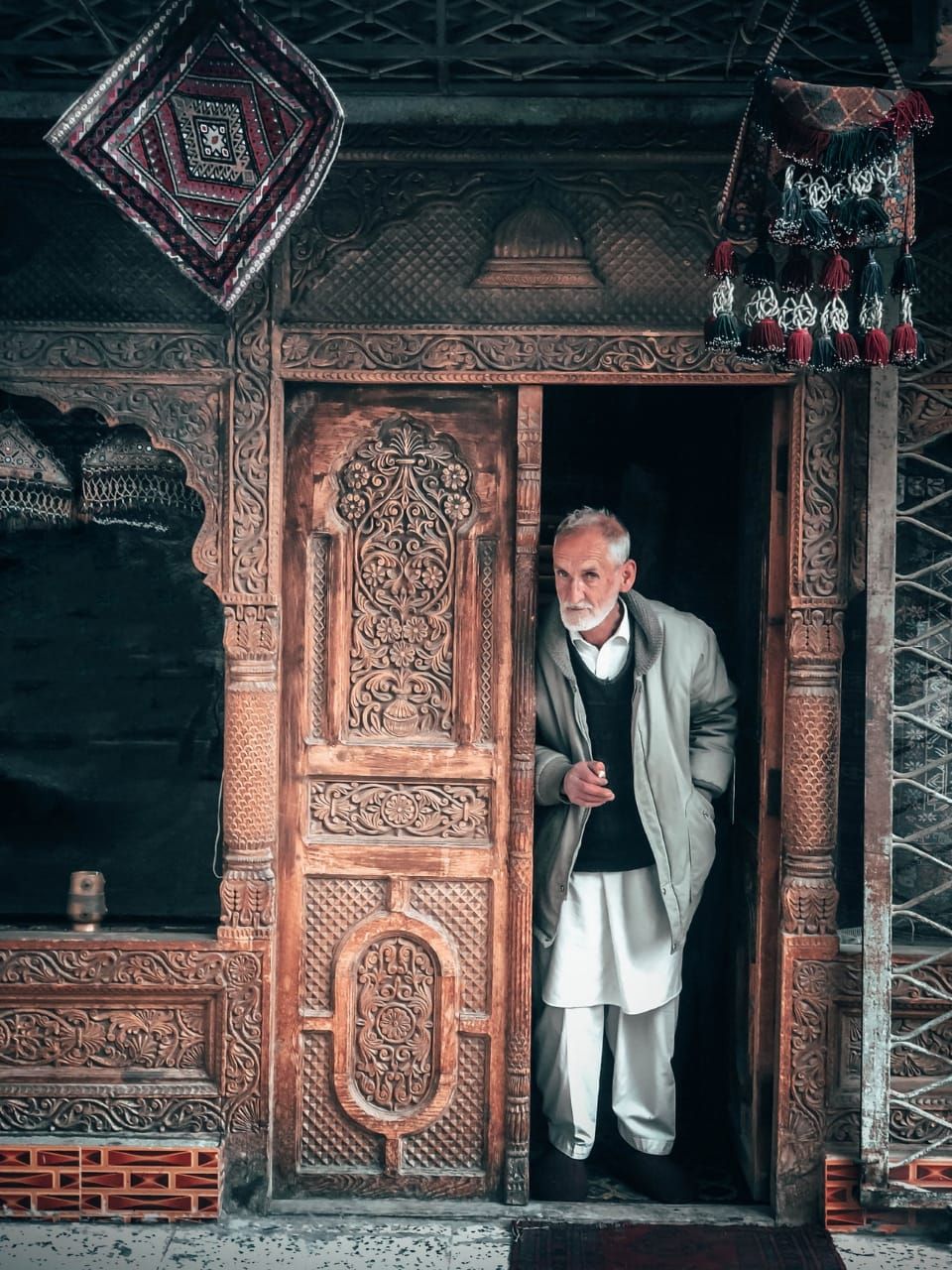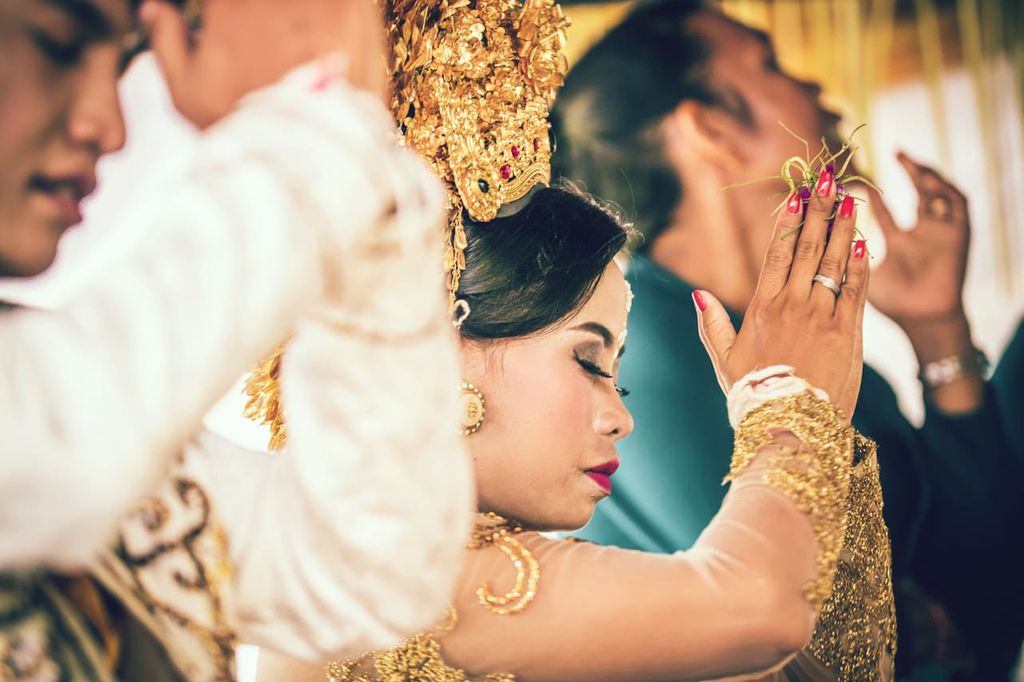The Beginning Of Global Fashion
Jun 14, 2019 • 37 views
The history of fashion refers to the developement of the fashion industry which designs clothing and accessories. Fashion and styling started in the 19th century with Charles Frederick Worth who from 1858 was the first designer to have his label sewn into the garments that he created.
Before the mid-19th century the division between Haute Couture and ready-to-wear did not really exist. All but the most basic major peicesof female clothing was made-to-measure by dressmakers and seamistress dealing directly with the client,fitting to her shape. Hats,gloves and similar accessories were mostly made ready to wear and sold in shops. Tailors worked with men in the same way.

The design of these clothes became increasing based on printed designs,especially from Paris, which were circulated around Europe, and eagerly anticipated in the provinces. There had been a dsitribution of dressed dolls, fashionable figures from France since the 16th century and Abraham Bosse has produced many engravings of fashion 1620s , the changed by 1780s, with increased publication of french engravings illustrating the latest Paris styles. By 1800, all western Europeans were dressing alike(or thought they were); local variation became the first sign of provincial culture and later a badge of conservative peasant.

Around the start of 20th century fashion magazines began to include photograghs and became even more influential . Throughout the world these magazines were greatly sought-after and had a profound effect on public state. Many talented illustraters among them Paul Iribe and George Barbier - drew attractive fashion plates for these publications , which covered the most recent developements of fashion and beauty. Perhaps teh most famous of these magazines were La Gazette Du Bon Ton which was founded in 1912 by Lucien vogel and regularly published until 1924.
The outfits worn by fashionable women of during the Belle Époqueera were strikingly similar to those worn in the heyday of the fashion pioneer Charles Worth. By the end of the 19th century, the horizons of the fashion industry had generally broadened partly due to the more stable and independent lifestyle many well-off women were beginning to adopt and the practical clothes they demanded. However, the fashions of the Belle Époque still retained the elaborate, upholstered style of the 19th century. The changing of fashion was unthinkable, so the use of different trimmings was all that distinguished one season from the other.
Conspicuous waste andconspicuous consumption defined the fashions of the decade and the outfits of the couturiers of the time were incredibly extravagant, ornate, and painstakingly made. The curvaceous S-Bend silhouette dominated fashion up until around 1908. The S-Bend corset thrust the chest forward into the mono-bosom, and, with the aid of padding, judicious placement of trim in clothing, and, most especially, a particular posture entirely independent of the corset, created the illusion of a silhouette.Toward the end of the decade Paul Poiret introduced designs that did not include a petticoat or a corset. This was a big change, as a woman's waist was shaped by a corset since the Renaissance, ultimately taking the S shape figure out of fashion.
The Maison Redfern was the first fashion house to offer women a tailored suit based directly on its male counterpart and the extremely practical and soberly elegant garment soon became an indispensable part of the wardrobe of any well-dressed woman.
